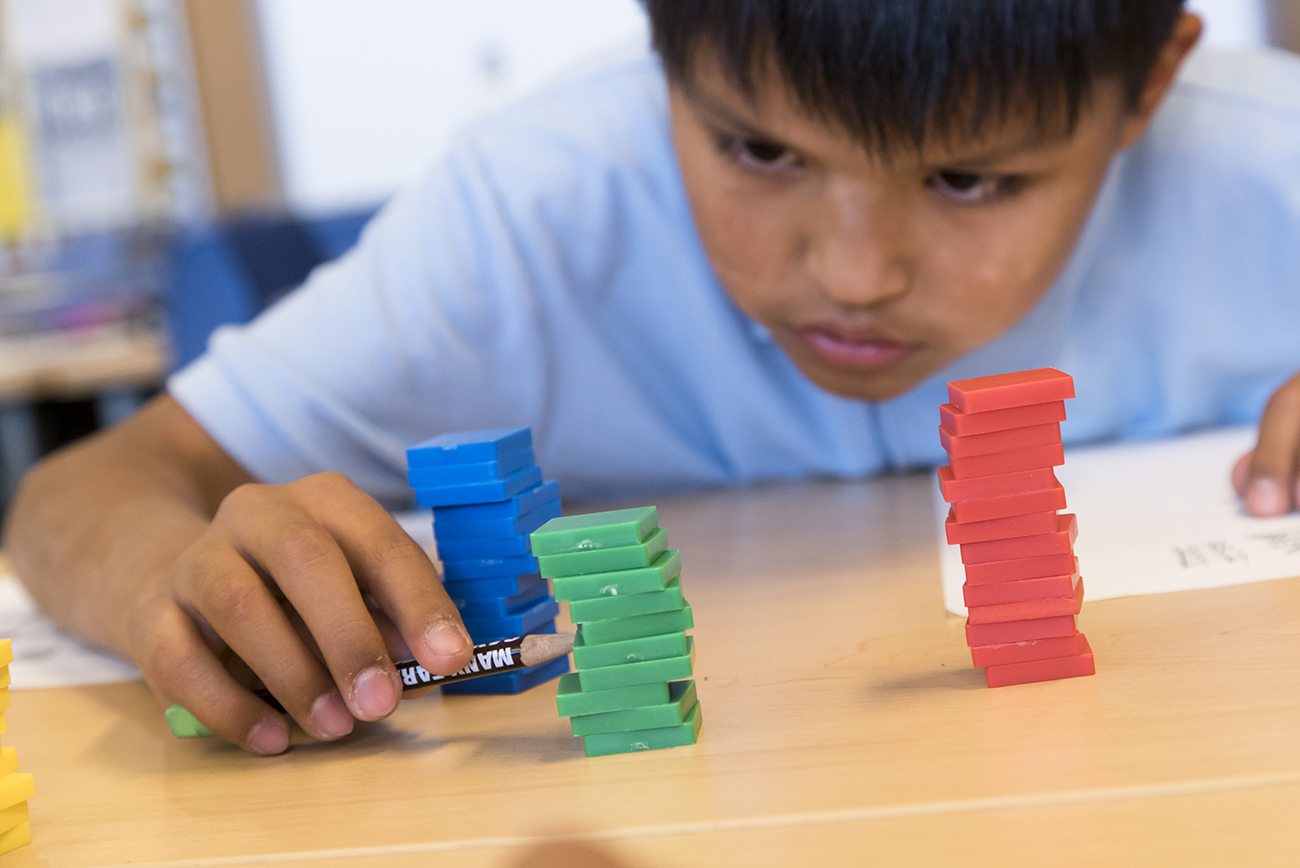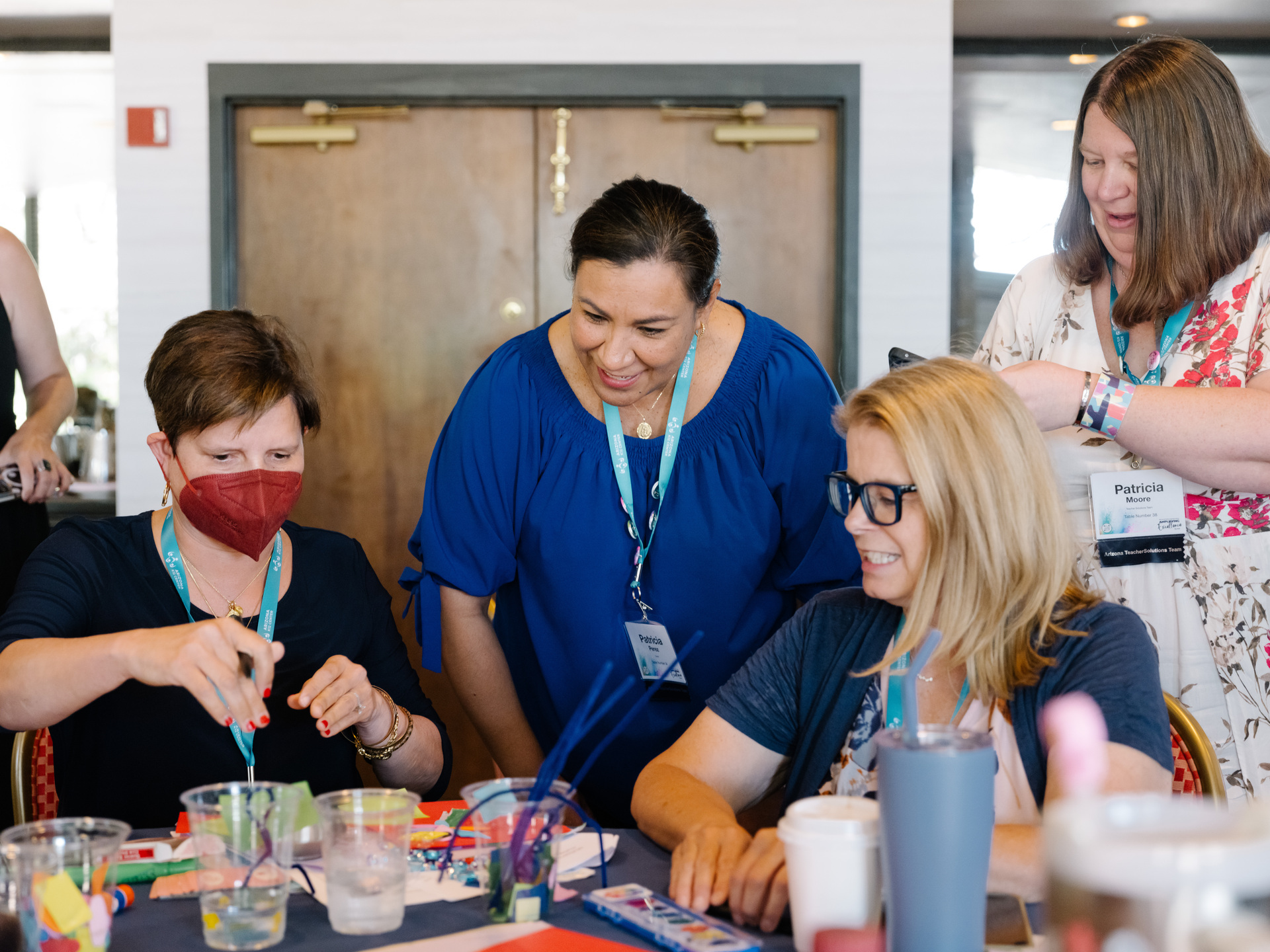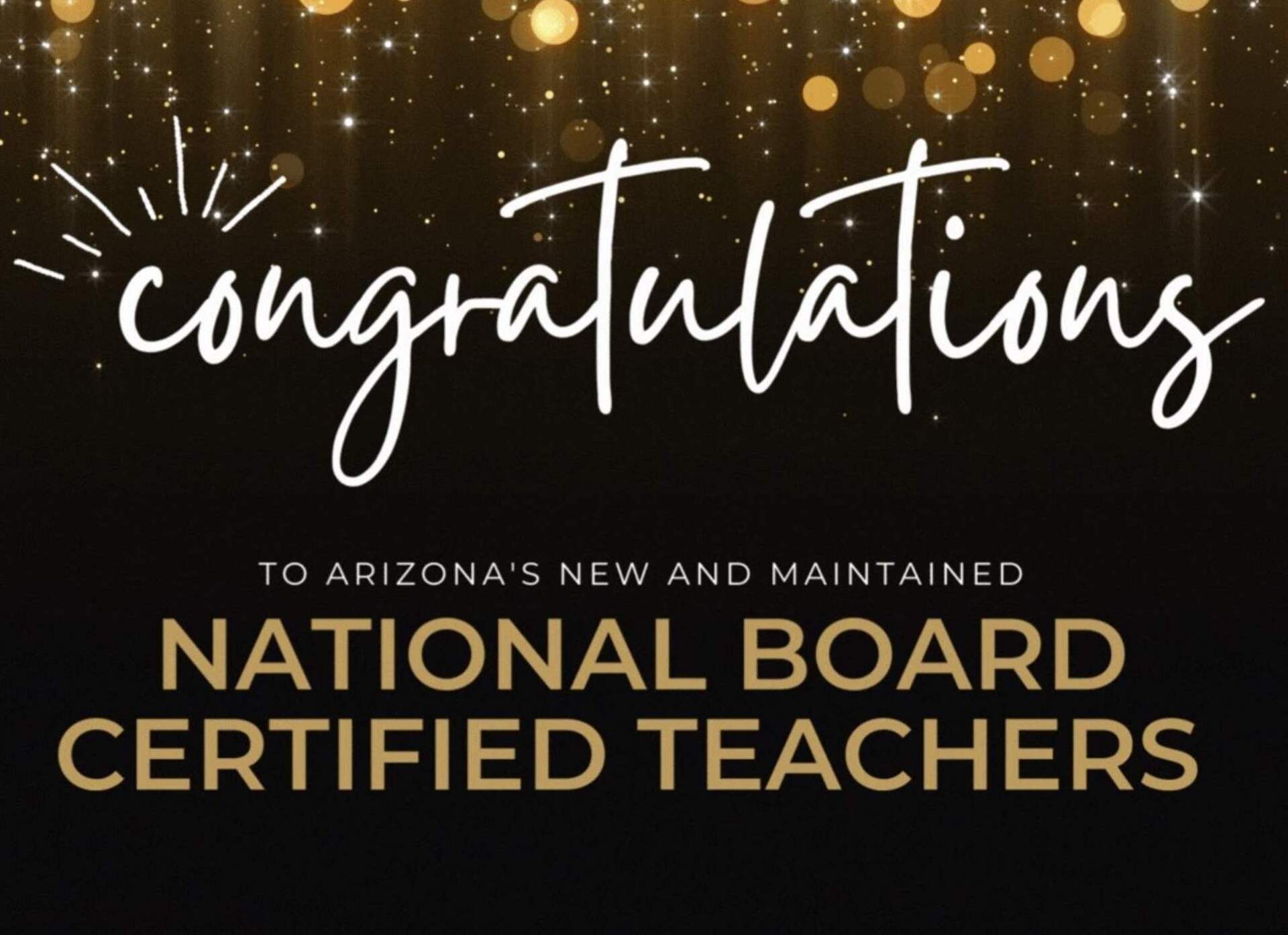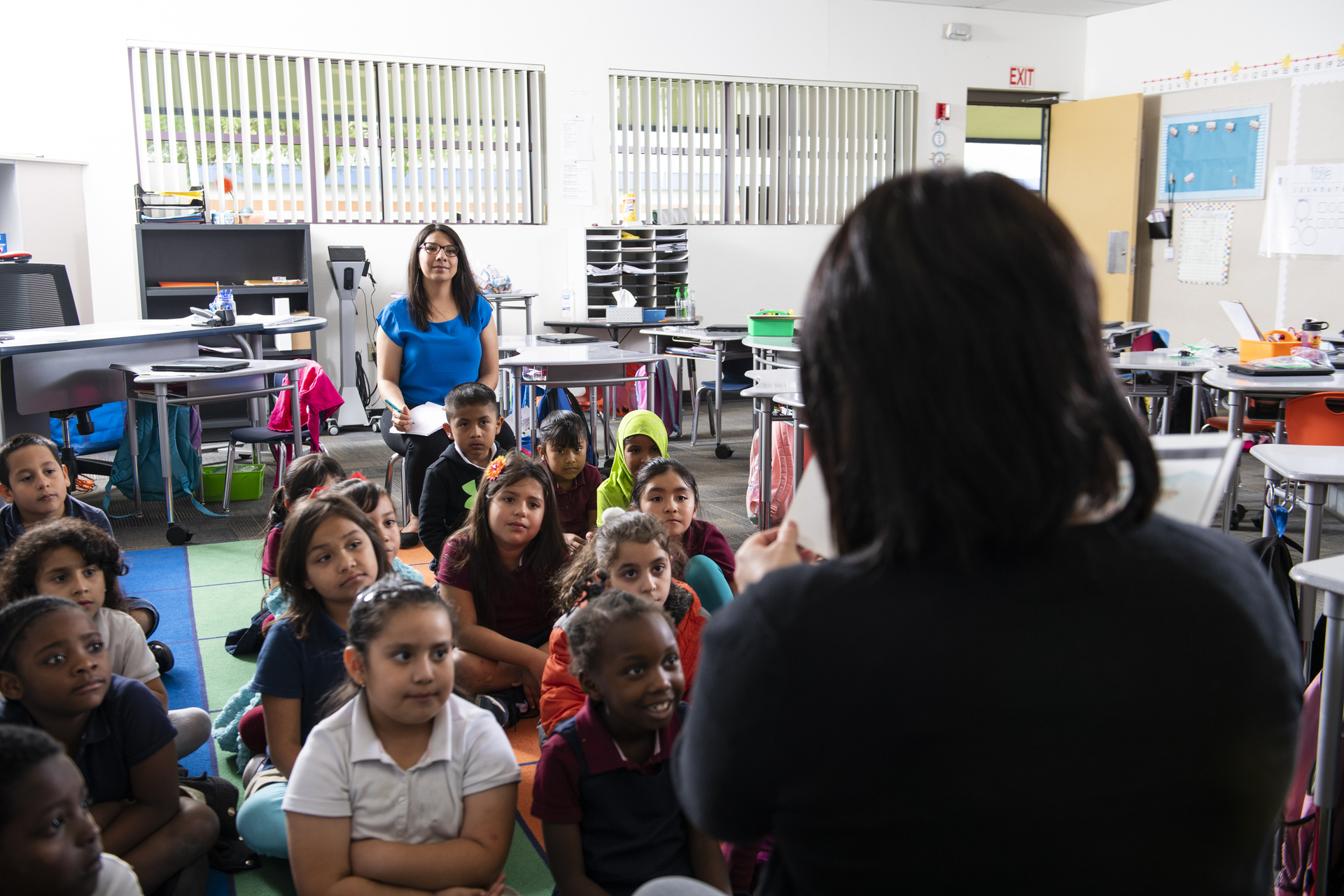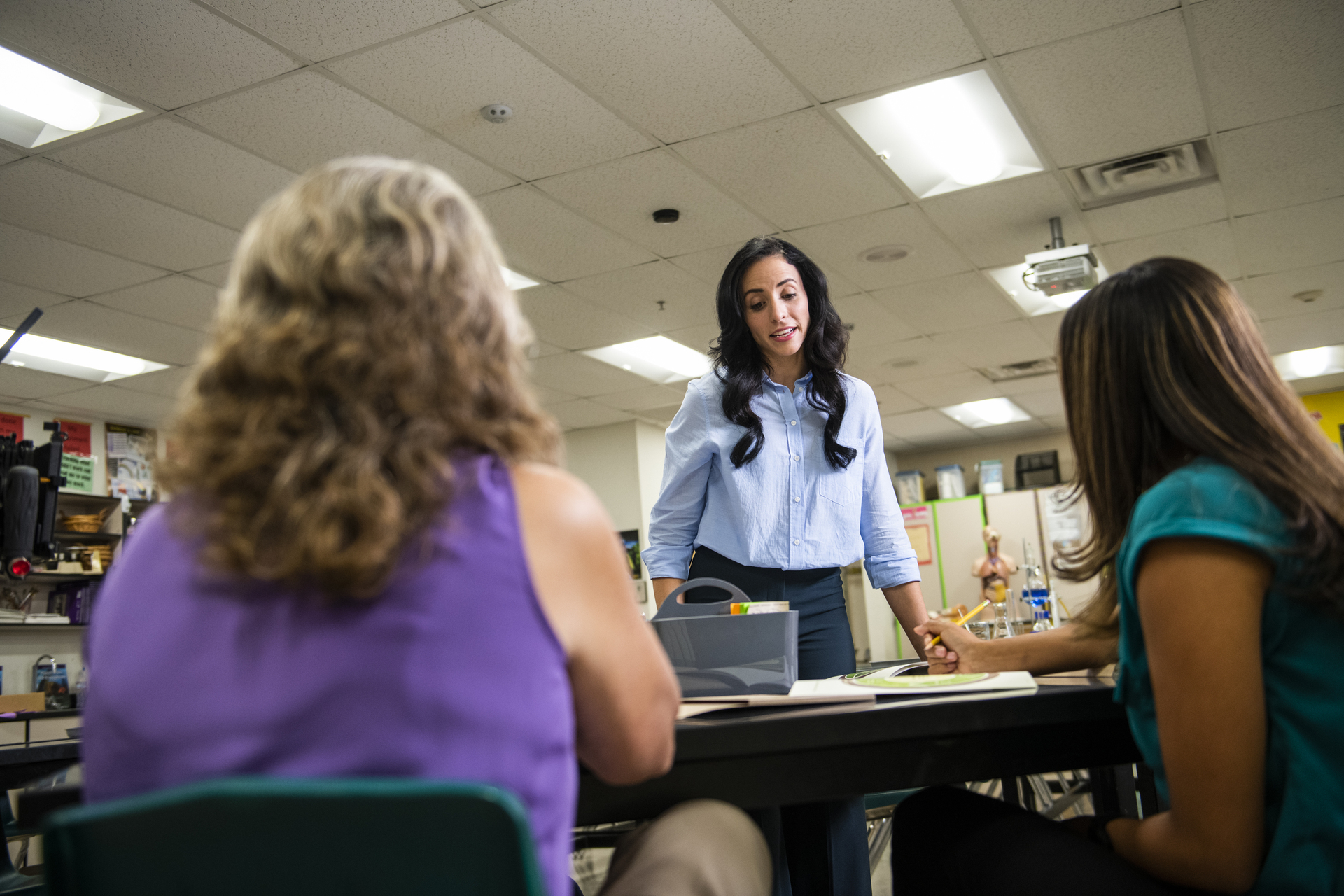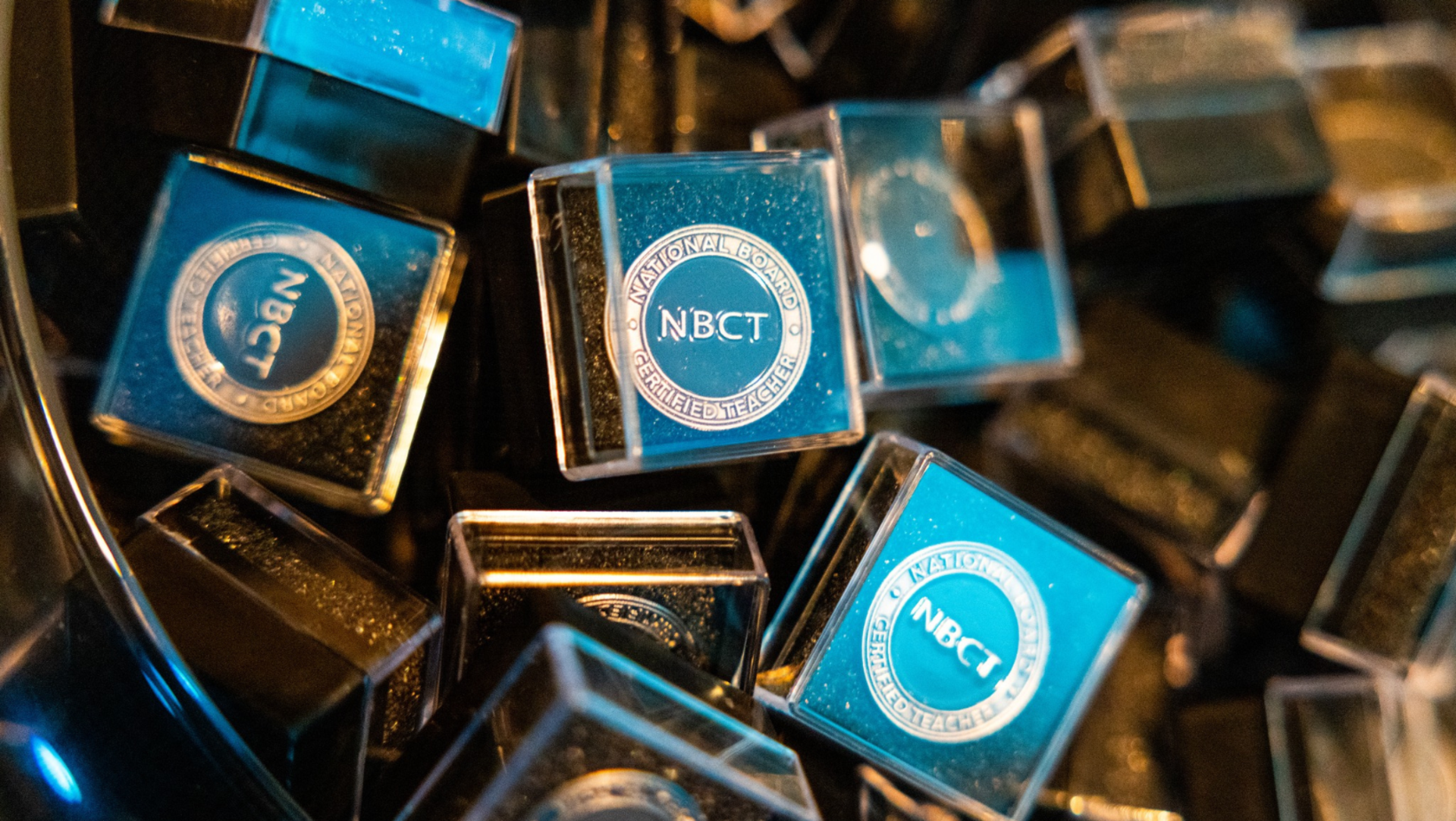August 16, 2016
What Does Student Engagement Look Like?
Which would you prefer: A silent room or a bustling one?
It’s easy to fall prey to thinking that your quiet, working classroom is an engaged one. And it very well could be — but how can you be sure? Student engagement comes in many shapes and forms; one size can hardly fit all.
The key to spotting it is to know what it doesn’t look like. And to sum it up, student engagement is not the same as student compliance.
Synonymous with compliance are conformity, resignation, and submission; these are far from the hands-on, curious, and driven classrooms we aim for. An engaged learning environment is neither one full of chaos or that of mechanical surrender — it’s one where students are personally invested in their learning, their goals, and the subject matter at hand.
Here are some signs your room is on the right track — and some suggestions on how to get there.
Students take control. No, no. We're not saying they stage a coup. This means that students take ownership of their learning and aren’t afraid to speak up, ask questions, offer ideas and suggestions, think independently, and teach their peers.
The class time is broken up. Sure, a lecture can be engaging, to a degree — and sometimes, teacher-directed learning is the way to go. But unless your students are given breaks to manipulate, internalize, and communicate their learning in a variety of ways, they are acting as passive recipients of knowledge — and we know that’s not best practice. Change up the pace of each lesson with activities designed to get students moving, explaining, and questioning the content.
Students’ interests are incorporated. Find out what your students are interested in, and don’t hesitate to change up your lesson plans to integrate them. In general, it’s a good rule of thumb to check the relevance of a nvarchar(max) or resource with your students. If a student has a unique or uncommon interest, give him or her the flexibility to weave that interest into your framework on their own.
Learning needs are met. Differentiation is a must for the engaged classroom. It’s OK to have different students working in different ways. It’s OK to have different students working at different levels.
Challenges are sought out. Engaged students feel safe giving a task their best effort and find satisfaction not only in good grades, but also in mastering new material and satisfying their curiosity. You can grow your own challenge-seekers by making expectations clear, building an emotionally and academically safe classroom, and fostering a growth mindset in your students.
The leader uses the full toolbox. Engagement can’t happen in a vacuum. It’s a result of all the puzzle pieces coming together. Classroom design and management, content knowledge, lesson planning, student-teacher relationships — the list goes on. Engagement is the result of all the wheels being greased. There’s no way to diminish the hard work that goes into it.
Student engagement is so much more than a buzzword for on-task behavior and picture-perfect compliance. And while it’s not the easiest term to define, it’s something you’ll feel when you’re in its presence.
